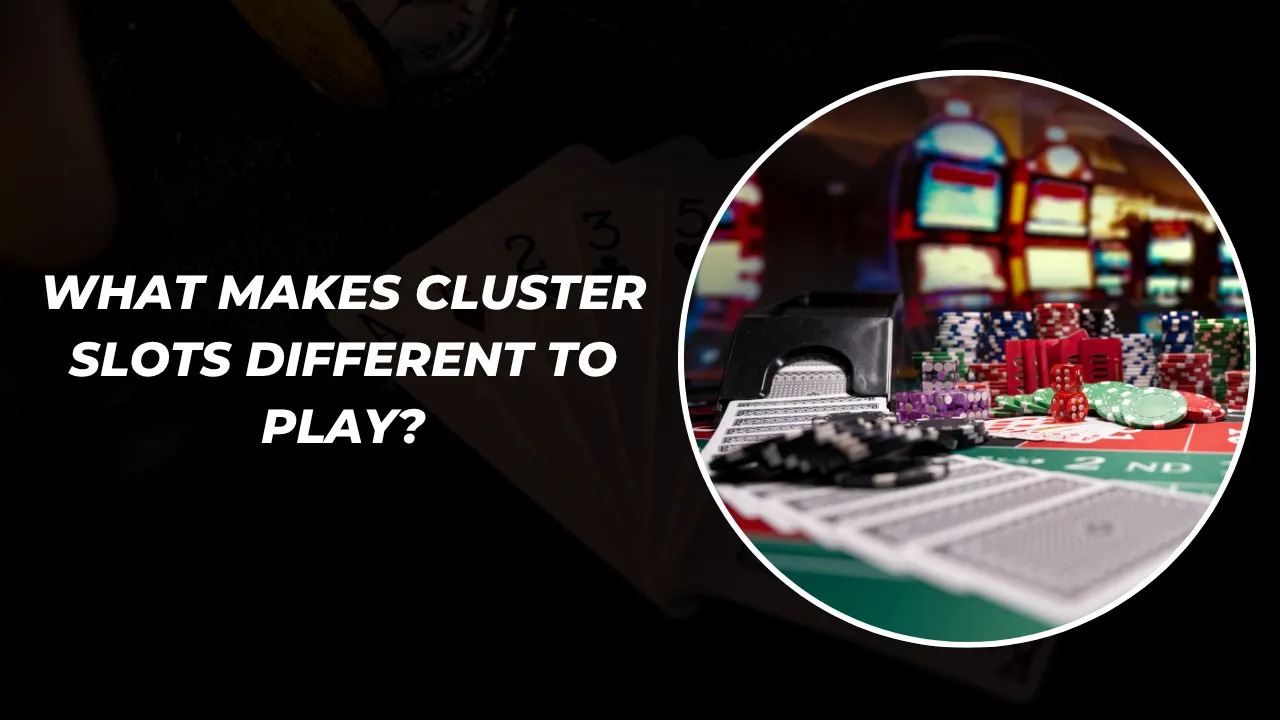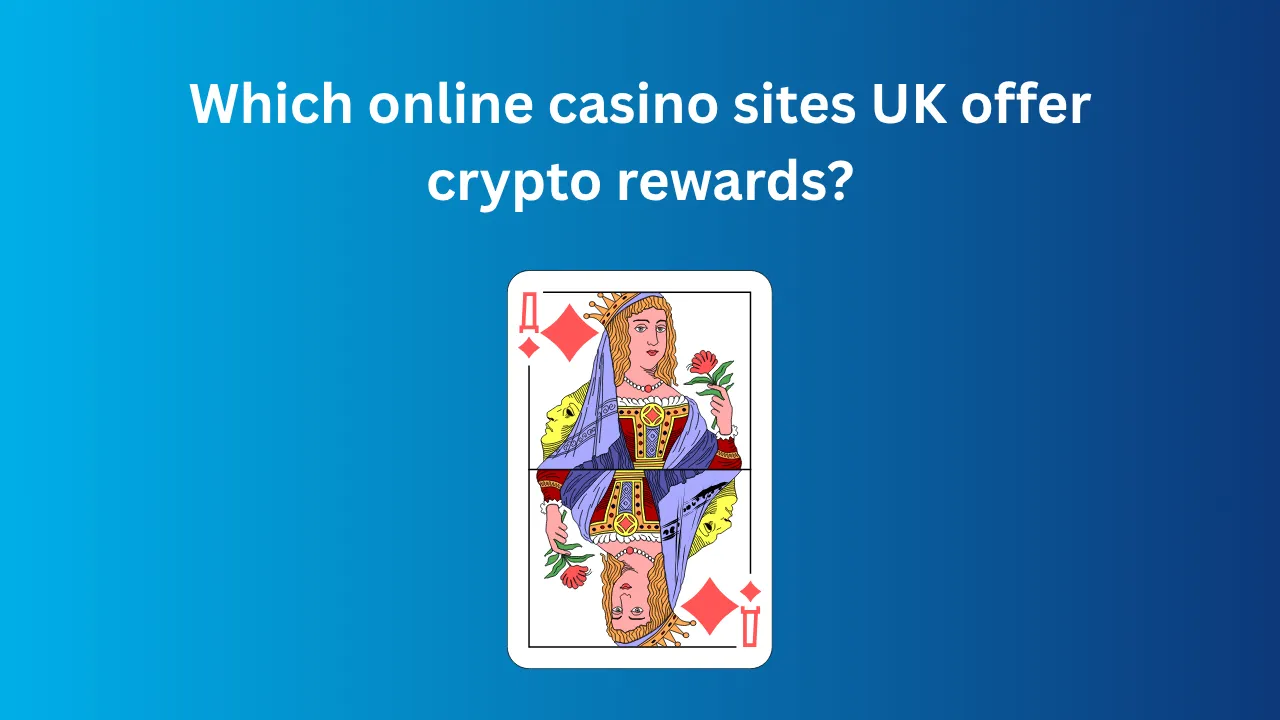The slot world never stands still. Over the past decade, developers have pushed boundaries with innovative formats designed to keep players engaged and entertained. Among these innovations, “cluster slots” have carved out a unique niche — a refreshing change from the traditional payline setups that most players grew up with.
If you’ve ever wondered why cluster slots feel so different or why they’re attracting so much attention from casual players and high rollers alike, this guide unpacks everything you need to know — from how they work and why they’re more immersive, to the subtle psychology that keeps players spinning.
From Paylines to Patterns: How Cluster Slots Change the Game
To understand the appeal of cluster slots, you first need to appreciate how they differ from the standard payline structure. In classic and video slots, wins occur when identical symbols land in specific lines — horizontal, diagonal, or zigzag patterns defined by the game. Cluster slots toss that rulebook out entirely.
In these games, you don’t chase paylines. Instead, you win by forming “clusters” of matching symbols that touch horizontally or vertically. The more symbols in the cluster, the bigger your payout. This fundamental shift transforms how the game feels. You’re not just spinning reels; you’re watching entire grids burst, cascade, and rebuild dynamically in real time.
It’s no surprise that cluster-based titles like Reactoonz, Jammin’ Jars, and Candy Crush-style slots have become cult favorites. They combine visual satisfaction with unpredictability — each spin feels alive. Players on best paying slot sites uk often praise these games for offering not just luck, but strategy and rhythm, especially when special multipliers and cascading reactions come into play.
The Psychology of Visual Reward
One of the biggest reasons cluster slots feel different is their rhythm. Traditional slots have a clear “spin → stop → check win” cycle. Cluster slots disrupt this with chain reactions and cascading animations that trigger instant dopamine bursts.
When clusters form and symbols disappear, new ones fall into place, creating a sense of momentum and anticipation. It feels like you’re part of an ongoing sequence rather than an isolated spin. That constant movement keeps the brain engaged and the emotions high, giving players a more interactive sense of progress.
Developers understand this very well. The bright explosions, sound effects, and secondary bonuses after each cluster win are all designed to heighten engagement — and it works. Studies on gaming behavior show that these micro-rewards make players feel more in control and more satisfied, even if the outcomes are random.
Cascading Wins and Chain Reactions
Another defining feature of cluster slots is the cascading win system, also known as “avalanche” or “tumble” mechanics. Whenever a winning cluster forms, those symbols disappear, and new ones drop down to fill the space. If the new layout creates another winning cluster, it triggers another payout — all within the same spin.
This means one spin can result in multiple wins without you spending additional credits. The potential for a single bet to generate a long sequence of chain reactions makes cluster slots inherently more exciting than standard reels. Players feel like they’re chasing a wave of momentum rather than just spinning for static results.
Games like Gonzo’s Quest Megaways and Reactoonz 2 take this further, adding progressive multipliers that grow with every cascade, pushing anticipation to the limit.
The Role of Grid Size and Game Design
Cluster slots don’t use the traditional 5×3 or 3×3 reel layouts. Instead, they often feature large grids — 7×7, 8×8, or even 9×9. This expanded format allows for more combinations and a deeper sense of “space” for clusters to form.
Developers use this extra room creatively. Many cluster slots incorporate expanding wilds, sticky symbols, or unique “charge meters” that fill up during cascades and unlock bonus rounds. The grid becomes an interactive playground where you can see your progress visually, not just in numbers.
It’s this sense of visual storytelling that keeps players hooked. You don’t just press spin and wait — you watch your screen evolve. Each cluster, explosion, and cascade feels like part of a living system.
Volatility and Strategy in Cluster Slots
Cluster slots also differ in volatility. Some titles are low-variance and deliver frequent but small wins, perfect for casual sessions. Others — especially those with progressive multipliers or feature triggers — can be extremely volatile, capable of delivering massive rewards after long dry spells.
The best approach is to pick cluster games that match your playstyle and bankroll. High-volatility titles offer more thrill and higher potential returns, while low-volatility games keep the action consistent and steady.
Unlike traditional slots, cluster slots give you more visual cues about volatility. A game with huge grids, explosive features, and charge meters usually hints at higher risk and reward potential.
Why Cluster Slots Feel More Social
An underrated aspect of cluster slots is how “shareable” they are. Because the visuals are so dynamic and satisfying, players often share big win moments online. Watching a grid explode with multipliers stacking up feels cinematic — it’s entertainment in itself.
This is why you’ll see many Twitch streamers and YouTubers gravitating toward cluster titles. They’re more fun to watch, more dramatic, and offer better viewer engagement than standard reels. For casinos and gaming platforms, this means more organic marketing power — players effectively promote the games by sharing their reactions.
The Future of Cluster Mechanics
Cluster-based systems are now influencing other genres of casino gaming. We’re seeing hybrid models that blend traditional paylines with cluster rules, or even RPG-style progress systems layered on top. Developers are experimenting with symbol linking, grid reshaping, and energy mechanics inspired by mobile games.
The potential is huge because cluster mechanics tap into both luck and perception. You can “see” potential patterns forming and feel involved, even though outcomes remain random. That illusion of control is psychologically satisfying and keeps engagement high.
As technology advances, expect more cluster slots to feature real-time animations, 3D effects, and AI-driven bonuses that react to your playing style. Some developers are already exploring multiplayer versions, where players share cascading grids — turning solitary play into a social experience.
Conclusion
Cluster slots have redefined what modern slot gaming feels like. They turn passive spins into interactive visual experiences, combining chance with spectacle. By replacing paylines with dynamic symbol groups, developers have created something that feels more intuitive, more alive, and frankly, more fun.
Whether you’re chasing cascading wins, enjoying the visual chaos, or exploring the latest titles on your favorite casino site, cluster slots deliver a unique thrill that’s hard to match. They prove that innovation isn’t about complexity — it’s about reimagining how players connect with the game.
For those looking to add a little energy and unpredictability to their slot sessions, cluster games might just be the next big obsession.




